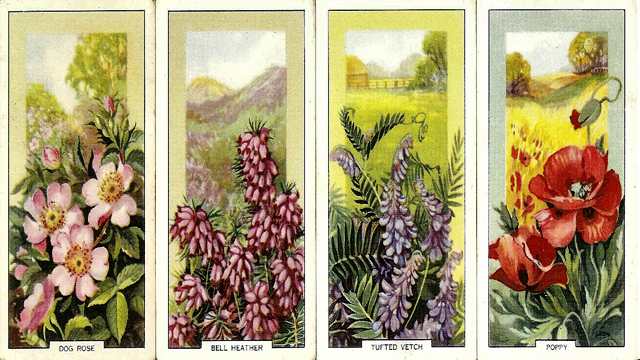Cigarette cards, those small yet captivating pieces of cardboard, hold a unique place in the world of collectibles. Originally used as stiffeners to protect soft cigarette packets, these cards quickly evolved into a marketing phenomenon that captured the imaginations of collectors and enthusiasts alike.
Let’s take a closer look at some of the notable cigarette card series and their historical significance.
R J Lea Cigarettes: A Legacy from 1866
R J Lea Cigarettes, founded in 1866, began its journey in Manchester before eventually relocating to Stockport. The company gained prominence for its visually appealing and meticulously designed cigarette cards. In 1913, R J Lea issued a set of 50 cards titled Flowers to Grow. These cards, with their rounded corners and period-specific designs, exude a charming vintage appeal, even if they’ve endured some wear over the years.
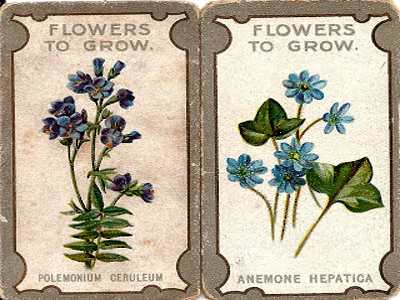
The Flowers to Grow set isn’t the only notable series from R J Lea. In 1924, the company released the Roses series, another set of 50 cards that were included in their Chairman Juniors cigarette packets. These cards also featured detailed illustrations and came with a unique offer: consumers who sent in 200 inserts from cigarette packets could receive a pair of rose garden prints. It was a clever strategy to boost brand loyalty and engage customers in an interactive way.
Godfrey Phillips: Pioneers in Cigarette Card Issuance
Godfrey Phillips, founded in 1844 by a determined eighteen-year-old, was one of the earliest companies to issue cigarette cards. The company quickly became known for its expansive sets, particularly those featuring footballers, which gained popularity in the 1920s.
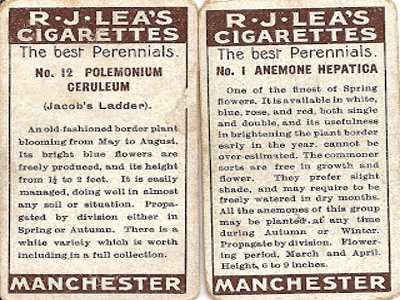
One of the standout sets from Godfrey Phillips is the Old Favourites series from 1924. This set of 25 cards showcases a blend of rich background landscapes and detailed foreground illustrations. The cards were more than just collectables; they were a reflection of the artistic sensibilities of the time.
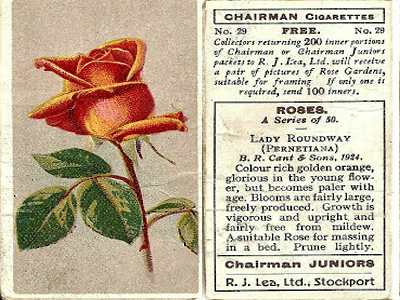
Another company, Abdullah and Co., which was founded in London in 1902, also made significant contributions to the cigarette card phenomenon. After moving to Mayfair in 1917, Abdullah and Co. issued their version of the Old Favourites set in 1936, a collection that continues to be admired by collectors today. In 1927, the company was acquired by Godfrey Phillips, which continued to produce cigarettes under the Abdullah brand.
The Co-Operative Wholesale Society: A Surprising Entry
It might seem surprising today, but the Co-Operative Wholesale Society (CWS), better known as the Co-Op, once issued cigarette cards. The Co-Op, rooted in the principles established by the Rochdale Pioneers in 1844, was originally founded to provide affordable food and essentials to local communities. However, by the 1920s, the Co-Op had expanded its offerings to include tea, coffee, and even cigarettes. In 1924, the Co-Op issued a rare set of 24 cards titled English Roses. These cards, with their striking designs, remain a rare find for collectors today.
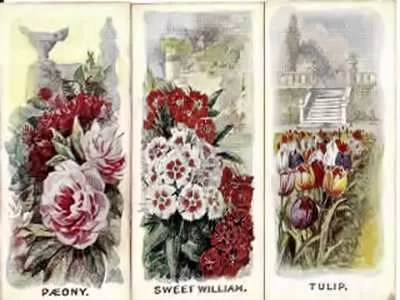
Gallagher’s Wild Flowers: Aesthetic Excellence
One of the most visually stunning sets from the cigarette card era is the Wild Flowers set issued by Gallagher’s in 1939. This collection of 48 cards stands out for its pastel borders and beautifully rendered background landscapes. The cards, slightly larger than the typical cigarette card, are a testament to the artistry that went into their creation. A complete set of these cards in mint condition can fetch between £30 and £40 today, a modest price for such artistic treasures.
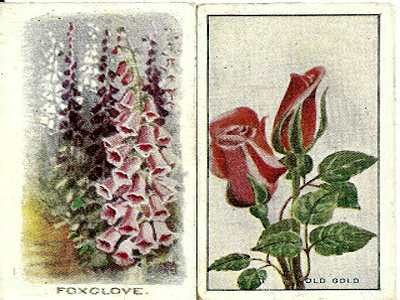
The Joy of Collecting
While many of these cards may not hold significant monetary value, their true worth lies in the joy of collecting and the nostalgia they evoke. Whether you’re drawn to the detailed artwork, the history behind each series, or the simple pleasure of adding to your collection, cigarette cards offer a window into the past. For those looking to start their own collection, cards from W D & H O Wills and Players can still be found in complete sets for as little as £5.
In the world of collectibles, cigarette cards may be small, but they hold a big place in the hearts of collectors around the globe.

